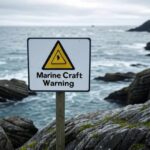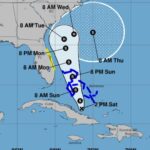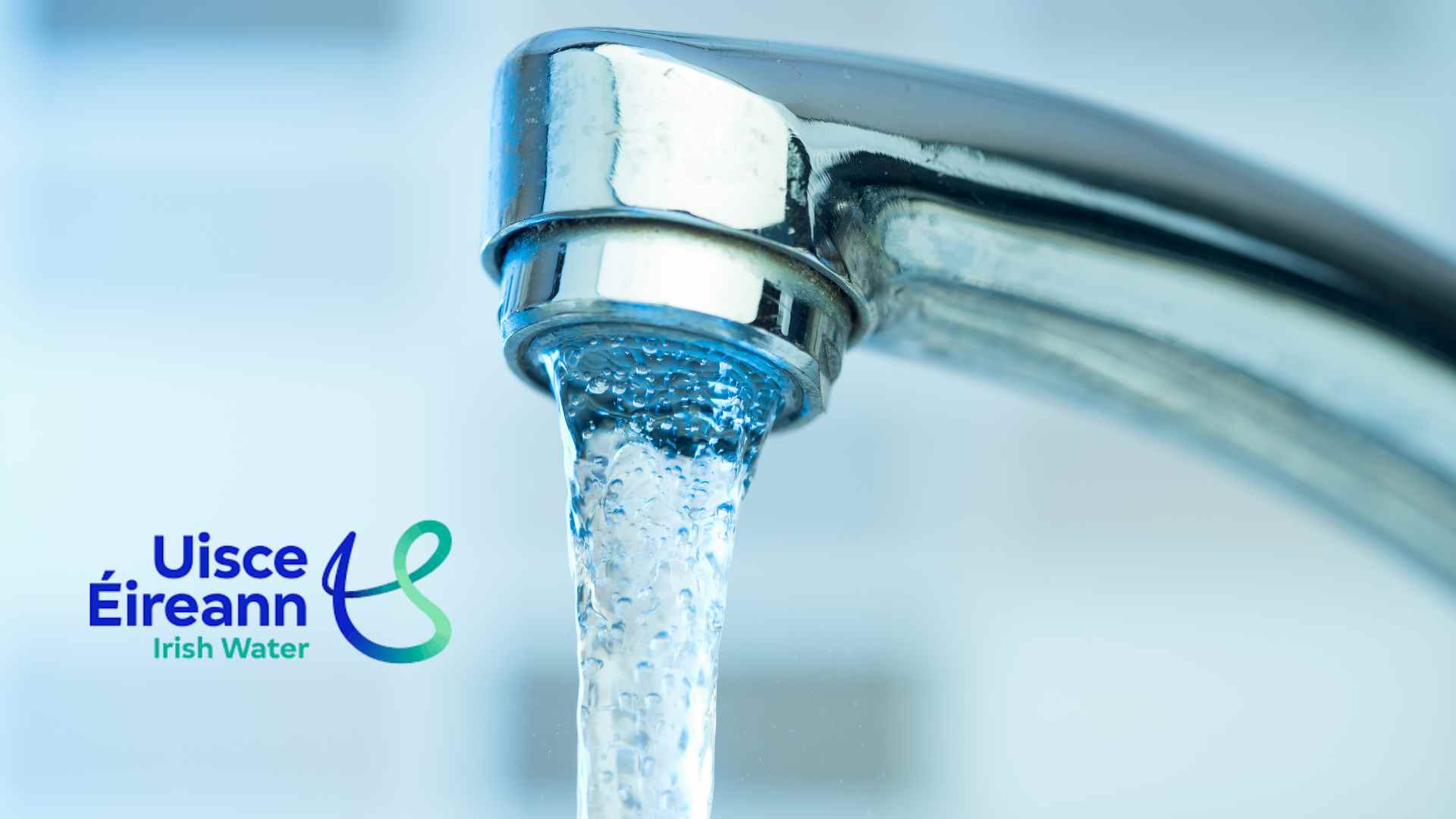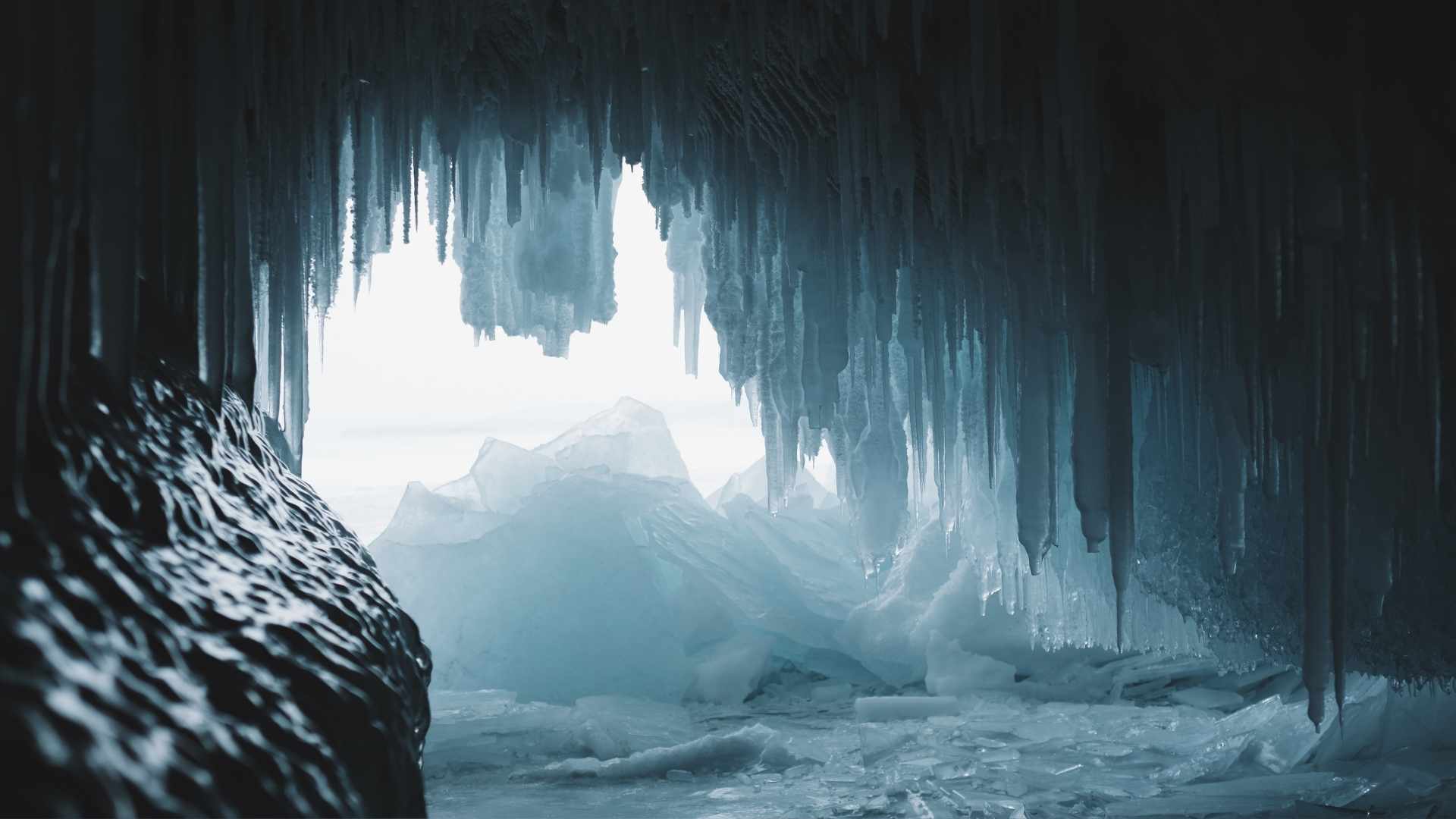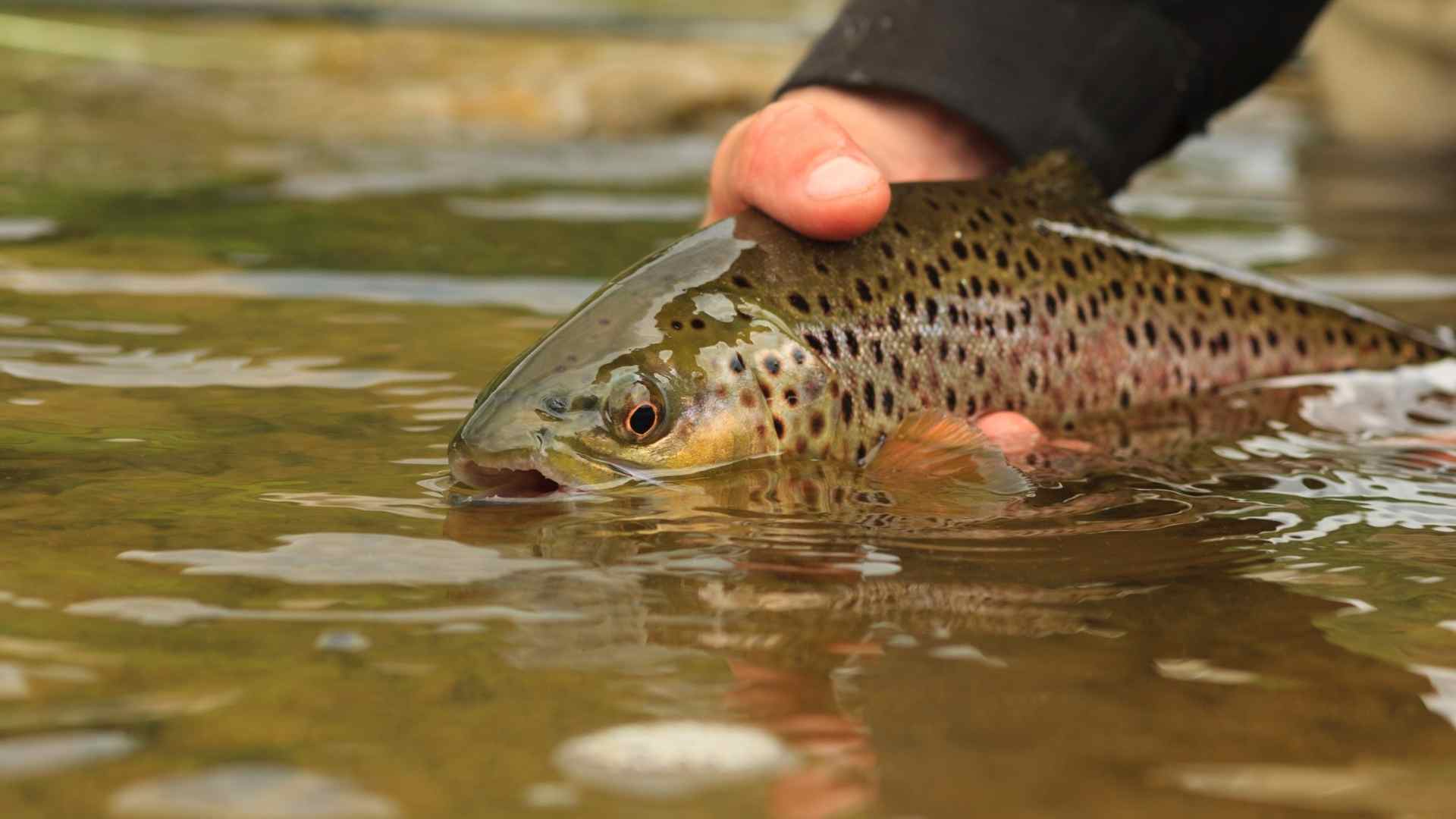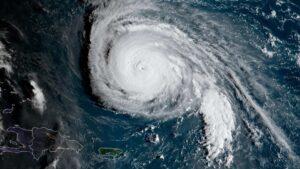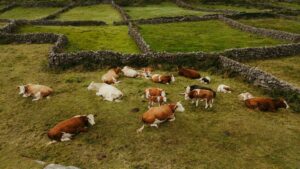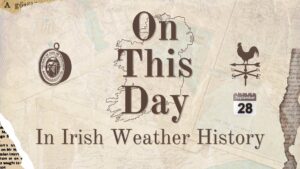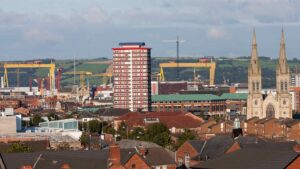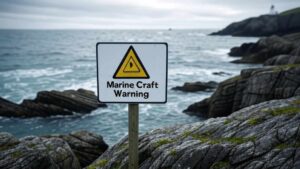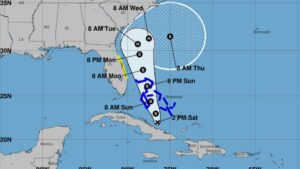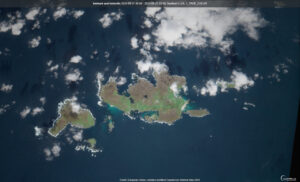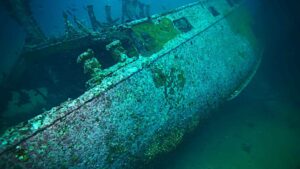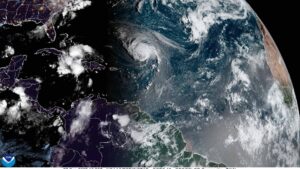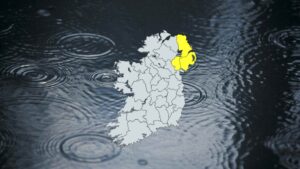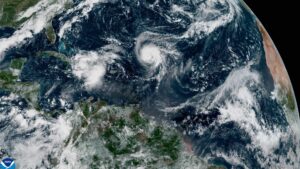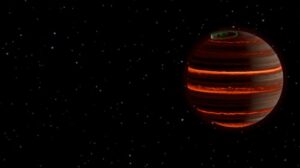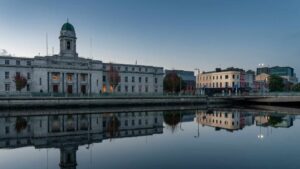
Study Reveals Hidden Sources of Light Pollution
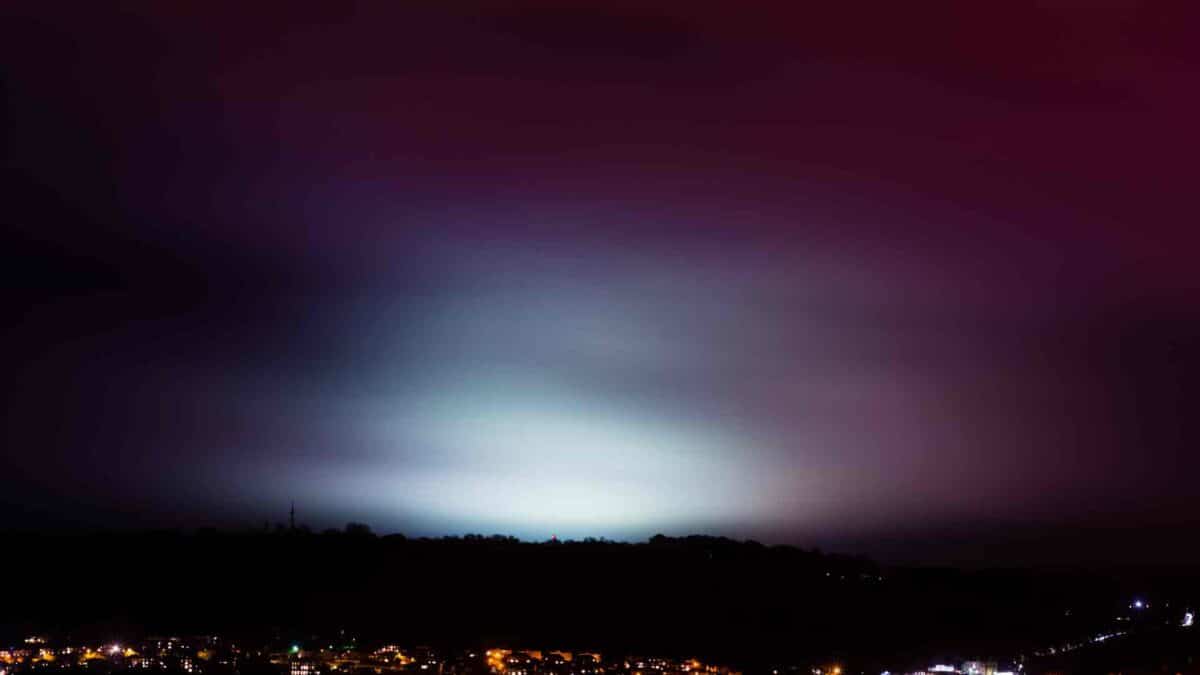
A major international citizen science project, involving researchers from the University of Galway, has found that streetlights are far from the only contributors to light pollution in our towns and cities.
Published in Nature Cities, the study challenges the widely held belief that public street lighting is the primary source of night-time skyglow. Instead, it highlights the significant role played by residential, commercial, and other non-street lighting, much of which remains illuminated well past midnight.
More than 250 citizen scientists—mainly in Germany—took part in the study, using a mobile app called Nachtlichter (meaning Nightlights) to survey over 230,000 individual light sources across 3,868 night-time observations. The project was led by Dr Christopher Kyba, formerly of Ruhr University Bochum and the GFZ German Research Centre for Geosciences.
Dr Kyba said: “Both energy and lighting policy, as well as research on the effects of artificial light on the environment, have generally focused on street lighting. Our findings indicate that a broader approach that considers all lighting is necessary to understand and reduce the environmental impacts of light in cities.”
Ireland currently lacks national legislation or policy aimed at curbing light pollution. However, the findings arrive at a pivotal moment as EU member states, including Ireland, are required to address light pollution under Nature Restoration Action Plans.
University of Galway researcher Georgia MacMillan, based at the School of Geography, Archaeology and Irish Studies, coordinated several of the Irish surveys in counties including Galway and Mayo, as well as on the university’s own campus.
MacMillan noted: “Using the NightLights app helped us to identify the wide range of lighting sources contributing to skyglow. It’s something we need to look at more comprehensively in Ireland, and we hope to expand this work with other universities and community groups.”
A Research Ireland Employment-based PhD Scholar, MacMillan is investigating how dark sky tourism and public engagement can help tackle light pollution. She is supervised by Dr Thérèse Conway and Professor Marie Mahon of the University of Galway.
Dr Conway added: “Georgia has played a key role in supporting Dark Sky Ireland’s successful bid to host the Artificial Light at Night Conference (ALAN) later this year. It’s the first time this major international event will be held in Ireland and will bring global experts in light pollution and night-time ecology to the West of Ireland.”
The Artificial Light at Night Conference will take place from 28–31 October 2025 at the Westport Woods Hotel in County Mayo. More information is available at www.artificiallightatnight.org.
The full Nature Cities study can be accessed at: https://www.nature.com/articles/s44284-025-00239-5
Share this WeathÉire story:



